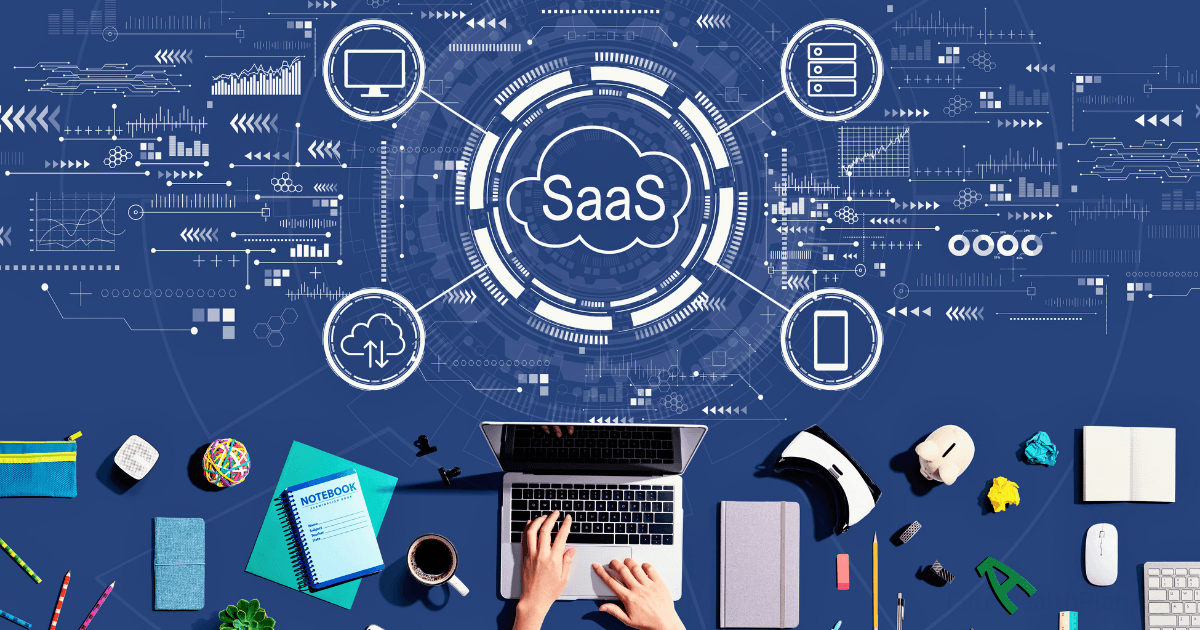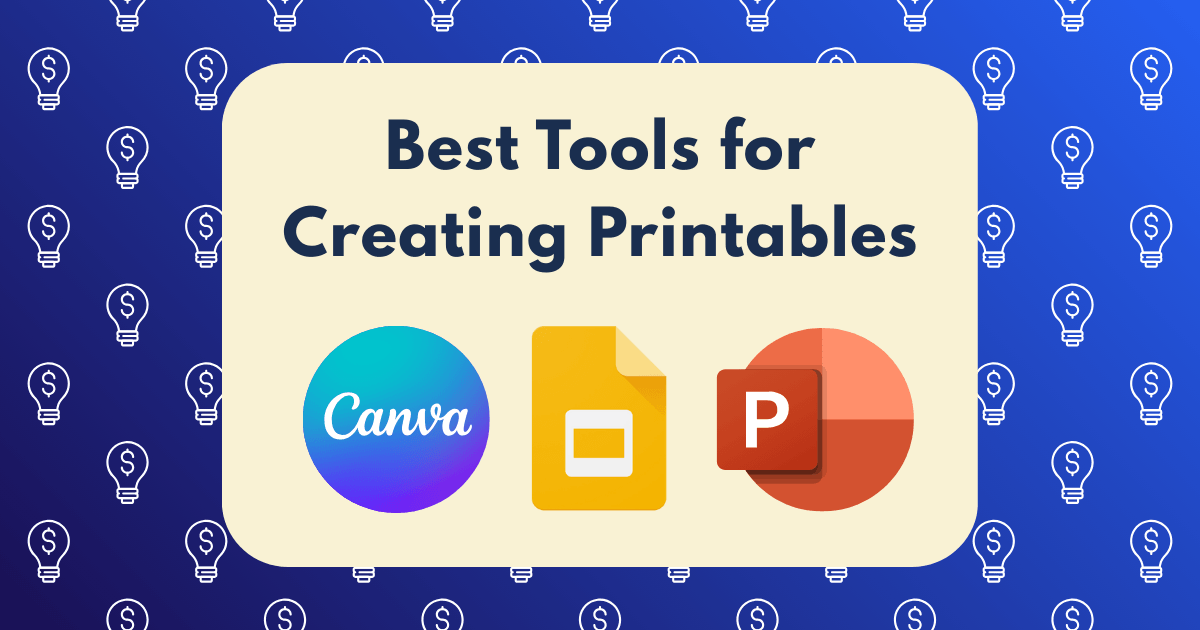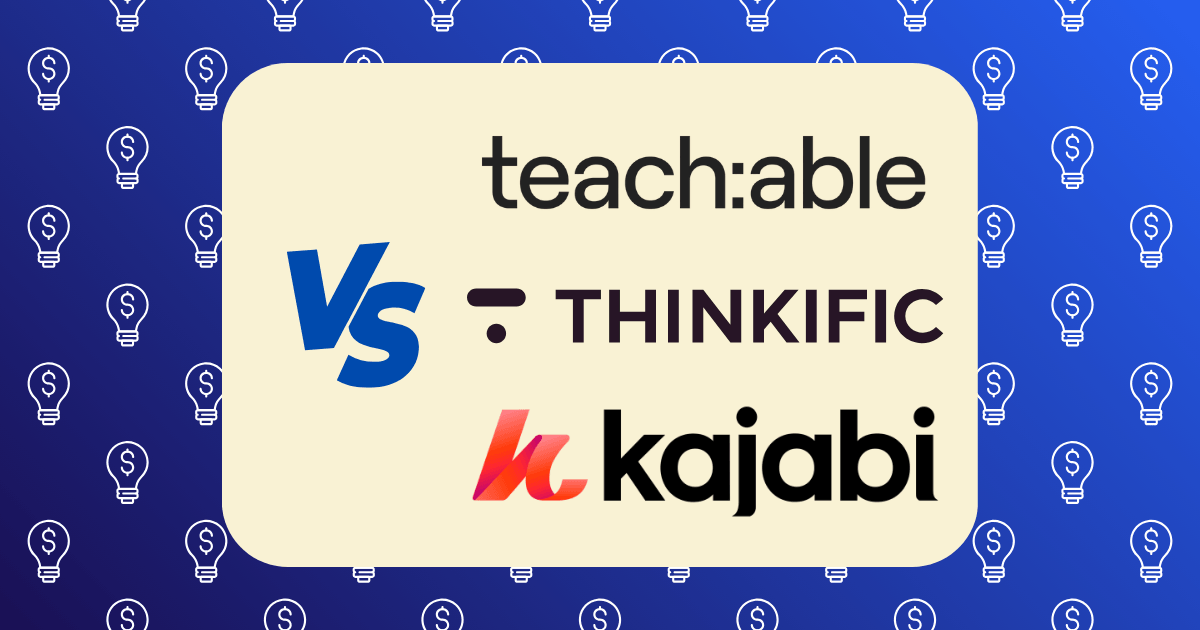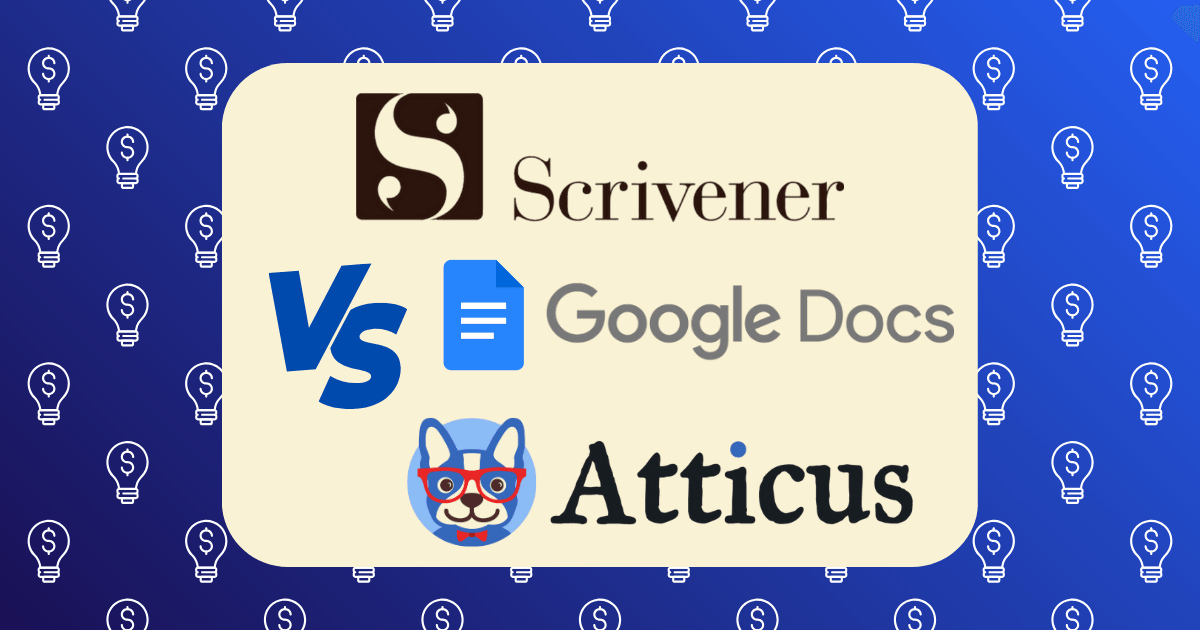Scaling Customer Support: How I Handle Questions for 10,000+ Digital Product Customers

Two years ago, I was drowning in customer support emails.
My digital product business had grown from a side hustle to a full-time operation with over 10,000 customers across multiple products. What started as a manageable 5-10 daily support requests had ballooned to 70+ inquiries every single day.
I was spending 6+ hours daily answering the same questions over and over. My product development had ground to a halt. Hiring a full support team wasn’t financially viable yet. Something had to change.
Fast forward to today: I handle support for 10,000+ customers (now growing by 800-1,000 monthly) in less than 45 minutes per day—with higher satisfaction ratings than when I was spending all day on support.
In this post, I’ll share the exact systems, tools, and strategies I’ve implemented to scale customer support without sacrificing quality or breaking the bank. These approaches work whether you’re a solo creator or managing a small team.
The Reality of Digital Product Support
Before diving into solutions, let’s understand the unique challenges of supporting digital products:
- Volume spikes: Launch days can see 10-20x normal support volume
- 24/7 expectations: Customers purchase at all hours and expect immediate access
- Technical variety: Customers use different devices, browsers, and technical skill levels
- Emotional investment: Many customers feel heightened frustration when digital products don’t work as expected
- Repeat questions: The same 15-20 questions typically represent 80%+ of all inquiries
According to Zendesk’s Customer Experience Trends Report, 60% of consumers now have higher customer service standards than they did a year ago. Yet as digital product creators, we can’t simply throw more staff at the problem like larger companies might.
The good news? With the right systems, you can provide exceptional support at scale without a large team or budget.
My Support Evolution: From Chaos to System
My support journey evolved through three distinct phases. I’m sharing this progression because you might recognize where you currently are—and where you need to go next.
Phase 1: The Email Inbox Chaos (0-1,000 customers)
Like most creators, I started with a simple approach: my regular email inbox. Customers would email me, and I’d respond as quickly as possible.
What worked:
- Personal touch with each customer
- Zero additional tools or costs
- Direct feedback on product issues
What failed:
- No way to track response times
- Constantly re-writing the same answers
- Support work bleeding into all hours
- No metrics or improvement tracking
Breaking point: When I found myself answering emails at 11 PM on a Saturday, I realized this approach wasn’t sustainable.
Phase 2: Basic Help Desk + FAQ (1,000-5,000 customers)
My first upgrade was implementing a basic help desk system and creating a simple FAQ page.
What worked:
- Organized ticket tracking
- Saved response templates
- Basic customer history
- FAQ reduced some common questions
What failed:
- Still manually handling each request
- FAQ was static and hard to navigate
- No proactive support measures
- Support still consuming 4+ hours daily
Breaking point: When my support hours exceeded my product development time, I knew I needed a more comprehensive solution.
Phase 3: The Integrated Support Ecosystem (5,000+ customers)
This is my current system—the approach that allows me to support 10,000+ customers in under an hour daily while maintaining a 96% satisfaction rating.
The key insight was realizing that effective support isn’t about answering questions faster—it’s about preventing questions from being necessary in the first place.
Let me break down the complete system.
The 5-Layer Support System That Scales
My current approach uses what I call the “5-Layer Support System”—a series of strategic barriers that filter and resolve customer questions before they require my direct attention.
Layer 1: Proactive Education (Prevention)
The best support question is the one never asked. I’ve implemented several proactive measures that have reduced support volume by 62%:
Pre-Purchase Clarity
- Detailed sales pages with explicit feature lists and limitations
- Product comparison charts showing exactly what each option includes
- Video walkthroughs demonstrating the product in action
- FAQ section addressing common pre-purchase concerns
Post-Purchase Onboarding
- Welcome sequence emails with getting-started guides
- Quick-start PDF delivered immediately after purchase
- Setup walkthrough videos for complex products
- Success milestone emails triggered at key usage points
Real results: Adding a 3-minute onboarding video reduced “how do I get started” tickets by 83% within the first week.
Implementation tip: Record your screen while explaining a product to a friend. This natural explanation often makes the best onboarding content.
Layer 2: Self-Service Knowledge Base (Deflection)
A comprehensive, searchable knowledge base serves as the backbone of my support system:
Knowledge Base Structure
- Getting Started guides for new customers
- Product-specific sections with detailed tutorials
- Troubleshooting guides for common issues
- Advanced usage tutorials for power users
- Update logs documenting changes and improvements
I use Helpscout’s Docs ($20/month) for my knowledge base, though Notion or even a WordPress site can work for smaller operations.
Real results: Knowledge base implementation reduced support tickets by 47% within the first month.
Implementation tip: Use Google Search Console to identify the exact phrases people use when searching for help with your products, then create content using those exact terms.
Layer 3: Intelligent Chatbot (Automation)
A well-trained chatbot handles 63% of my remaining support inquiries without any human intervention:
Chatbot Configuration
- Natural language processing to understand question intent
- Direct knowledge base integration to serve relevant articles
- Guided troubleshooting flows for common issues
- Contextual awareness based on the page the customer is viewing
- Seamless handoff to human support when needed
I use Intercom ($49/month for small businesses) for my chatbot, though more affordable options like Tawk.to (free) or Tidio (free plan available) work well for smaller operations.
Real results: My chatbot successfully resolves 63% of all inquiries without human intervention, with a 92% satisfaction rating on bot-only interactions.
Implementation tip: Start with your 10 most common questions and build flows for those before expanding. Monitor unresolved conversations to identify improvement opportunities.
Layer 4: Community-Based Support (Distribution)
Leveraging the collective knowledge of your customer base can provide scalable, 24/7 support:
Community Support Structure
- Private Facebook group for customer discussions
- Product-specific channels in a Discord server
- Weekly live Q&A sessions addressing common themes
- Customer champions program recognizing helpful members
- Feature request voting system for product improvement
I use a combination of Circle ($49/month) and Discord (free) for community support.
Real results: Community members now answer 34% of all questions posted in our spaces, often faster than my team could respond.
Implementation tip: Recognize and reward helpful community members. I send quarterly gift cards to the most active helpers, which costs far less than equivalent support staff.
Layer 5: Streamlined Human Support (Efficiency)
When questions do require human attention, efficiency becomes critical:
Support Efficiency Systems
- Categorized ticket routing based on product and issue type
- Saved responses library for common scenarios
- Internal knowledge base for support team reference
- Automated follow-ups for closed tickets
- Support metrics dashboard tracking key performance indicators
I use Helpscout ($20/month per user) for email support management, though Freshdesk offers a free plan for up to 3 agents.
Real results: Average first response time decreased from 8.2 hours to 1.4 hours, while resolution time dropped from 26 hours to 4.3 hours.
Implementation tip: Create keyboard shortcuts for your most used responses. I use TextExpander ($3.33/month) to insert complete responses with just a few keystrokes.
The Support Tech Stack That Powers It All
Here’s my complete support technology stack, with monthly costs and alternatives at different price points:
Core Support Infrastructure
| Category | My Solution | Monthly Cost | Budget Alternative | Enterprise Alternative |
| Help Desk | Helpscout | $20/user | Freshdesk (Free for 3 agents) | Zendesk ($49/user) |
| Knowledge Base | Helpscout Docs | Included with Helpscout | Notion ($8) | Zendesk Guide ($49) |
| Live Chat/Bot | Intercom | $49 | Tawk.to (Free) | Drift ($400+) |
| Community | Circle | $49 | Facebook Groups (Free) | Khoros ($1000+) |
| Analytics | Helpscout Reports | Included with Helpscout | Google Analytics (Free) | Totango ($500+) |
Support Enhancement Tools
| Tool | Purpose | Monthly Cost | Alternative |
| Loom | Video responses | $8 | Screencast-O-Matic ($1.65) |
| TextExpander | Response templates | $3.33 | Built-in OS text replacement (Free) |
| Zapier | Support automation | $19.99 | Make.com (Free tier available) |
| Airtable | Customer tracking | Free tier | Google Sheets (Free) |
| Grammarly | Response quality | $12 | LanguageTool (Free tier) |
Total monthly cost: $161.32
This may seem like a significant investment, but consider that a single part-time support person would cost $1,500+ monthly. My system handles the support load of 2-3 full-time representatives at about 10% of the cost.
Key Metrics: Measuring Support Success
You can’t improve what you don’t measure. Here are the key metrics I track weekly:
Volume Metrics
- Total tickets received: Tracks overall support demand
- Tickets by category: Identifies product-specific issues
- Tickets by channel: Shows which support channels customers prefer
- Peak support times: Helps with resource allocation
Efficiency Metrics
- First response time: How quickly customers receive initial help
- Resolution time: Total time to solve the customer’s problem
- One-touch resolution rate: Percentage of issues solved with a single response
- Tickets per customer: Indicates product usability issues
Quality Metrics
- Customer satisfaction score (CSAT): Post-interaction satisfaction rating
- Knowledge base effectiveness: Percentage of searches that find answers
- Bot resolution rate: Percentage of chatbot interactions resolved without humans
- Community engagement: Activity levels in customer community
Financial Metrics
- Support cost per customer: Total support expenses divided by customer count
- Support cost per ticket: Total support expenses divided by ticket count
- Refund rate correlation: How support interactions affect refund requests
The 80/20 Support Optimization Framework
After analyzing thousands of support interactions, I’ve developed a framework for continuously improving support efficiency:
Step 1: Identify Support Patterns (Analysis)
- Categorize all tickets from the past 30 days
- Identify the top 20% of issues generating 80% of tickets
- Document exact customer language used to describe problems
- Map the customer journey points where issues commonly arise
Step 2: Create Preventive Resources (Development)
- Develop targeted knowledge base articles for top issues
- Create video tutorials demonstrating solutions
- Update product interfaces to prevent common confusion
- Enhance onboarding materials to address pain points earlier
Step 3: Implement Strategic Deflection (Deployment)
- Configure chatbot responses for common questions
- Update automated emails with relevant help resources
- Add contextual help triggers within products
- Create saved responses for remaining manual tickets
Step 4: Measure and Refine (Optimization)
- Track ticket reduction by category
- Monitor satisfaction scores for each resolution method
- Identify new emerging issues as old ones are resolved
- Repeat the process with the new top 20% of issues
Using this framework quarterly has allowed me to reduce total support volume by 78% over two years while improving customer satisfaction from 88% to 96%.
Common Support Scaling Challenges (And Solutions)
Throughout my journey, I’ve encountered several challenges that nearly derailed my support scaling efforts. Here’s how I addressed them:
Challenge 1: Technical Product Complexity
Digital products often have technical nuances that are difficult to explain in standard support formats.
Solution: I created a library of 2-3 minute Loom videos demonstrating solutions to complex issues. These videos reduced resolution time for technical issues by 64% and increased customer satisfaction for these tickets by 27%.
Challenge 2: Emotional Customer Responses
Digital product customers often express heightened frustration when things don’t work as expected.
Solution: I implemented a “temperature check” system that flags emotionally charged messages for priority human handling with empathy-first response templates. This approach reduced negative review mentions of support by 83%.
Challenge 3: Launch Day Support Surges
New product launches created support volume spikes that overwhelmed our systems.
Solution: I now create “Launch Day Support Packages” with pre-emptive tutorials, dedicated community threads, and temporary support staff. This approach has reduced launch day ticket volume by 52% while maintaining satisfaction scores.
Challenge 4: Maintaining Personal Connection
As automation increased, some customers felt the support experience became impersonal.
Solution: I implemented “personal touch points” like video responses for complex issues and personalized check-ins for power users. Customer feedback on “support personality” improved by 34% after these changes.
The Future of Digital Product Support
Looking ahead to 2025 and beyond, several trends are shaping the future of digital product support:
1. AI-Enhanced Human Support
AI will increasingly handle tier-one support, but with a focus on enhancing human agents rather than replacing them. The most effective systems will blend AI efficiency with human empathy at strategic touch points.
2. Proactive Support Interventions
Support systems will evolve from reactive to proactive, identifying potential issues before customers encounter them. Usage patterns will trigger automated assistance at precisely the right moment.
3. Community-Powered Knowledge Creation
Customer communities will become more integral to support ecosystems, with user-generated content and peer support becoming primary resolution channels for many issues.
4. Embedded, Contextual Support
Support will increasingly be embedded directly within products, with contextual help appearing based on user behavior and known friction points.
5. Support as a Competitive Advantage
As digital products become more commoditized, the quality of support will increasingly become a key differentiator and purchase driver for consumers.
Final Thoughts: Support as a Product Feature
The most important lesson I’ve learned is that customer support isn’t separate from your product—it’s an integral feature that directly impacts user experience, retention, and word-of-mouth marketing.
When I began viewing support as a product feature rather than an operational burden, my approach fundamentally changed. Every support interaction became an opportunity to enhance the customer experience and improve the product itself.
By implementing the systems and strategies outlined in this article, you can transform your support from a time-consuming necessity to a scalable competitive advantage—even as a solo creator or small team.
The result? More time to create amazing products, happier customers who become advocates, and a business that can grow without being held back by support limitations.







